The lemon thyme (Thymus citriodorus) is an aromatic plant belonging to the family of Lamiaceaeclose relative of common thyme (Thymus vulgaris) he was born in wild thyme (Thymus serpyllum)which we have already told you about. Also said lemon thyme, this plant, easy to grow and very aromatic, is ideal for ornamental gardens, for the kitchen and for home herbal medicine. The delicate lemon aroma of this particular species of thyme makes it unique and irresistible, therefore an aromatic herb that is worth knowing and cultivating, both in the ground and in pots.
In this article we know the botanical characteristics of lemon thyme, the cultivation techniques, its medicinal properties and the most common uses.
What are the botanical characteristics of lemon thyme?
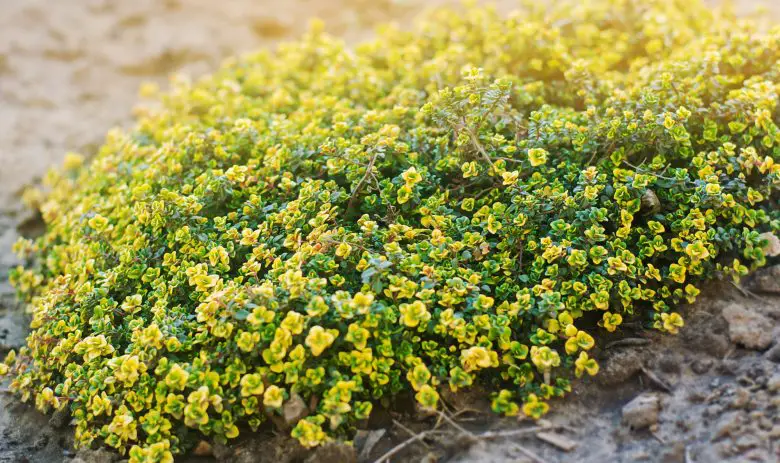 Lemon thyme is a perennial herbaceous plant which, like the other species of thyme, grows compact and robust, with stems, partly creeping on the ground, up to 30 cm tall, which form a characteristic large cushion even over 50 cm in diameter .
Lemon thyme is a perennial herbaceous plant which, like the other species of thyme, grows compact and robust, with stems, partly creeping on the ground, up to 30 cm tall, which form a characteristic large cushion even over 50 cm in diameter .
The roots of this variety of thyme are shallow, but spreading and well branching, helping it to establish itself firmly in the ground.
Compared to the classic thyme, the lemon thyme plant has even smaller leaves, which are light green in color with pretty yellow streaks. The oval and slightly oblong shape. The leaves are covered with a light layer of hair and are rich in essential oilthanks to which they release an intense and fresh lemon aroma.
In spring-summer, the Thymus citriodorus blooms with small white or pink flowers, grouped in dense clusters, which attract bees and butterflies. The flowers are followed by small dry fruits containing seeds.
How to grow lemon thyme
Lemon thyme is a typical Mediterranean plant, however it can be grown almost anywhere outdoors as it is very rustic and resistant to cold. Only in case of severe frosts, with temperatures many degrees below zero for long periods, is it advisable to protect the plant with non-woven sheets (which you can find here) or, if grown in pots, to return it to the house.
The exposure that the plant prefers is in full sun, at least in partial shade. Too shady locations affect growth, flowering and even the aroma.
Ideal land for cultivation
Well-drained soil with a modest amount of organic matter is needed to best grow lemon thyme. The plant does not tolerate waterlogging, so the soil needs to be able to absorb excess water. From this it follows that one must avoid i clayey soils. For cultivation in pots, a specific soil for aromatic plantsmixed with 10-15% sand or perlite.
For organic fertilization opt for a light fertilizer such as earthworm humus.
How do you sow lemon thyme?
Lemon thyme can be multiplied both by seed and with cutting technique.
The sowing is done in early spring, usually in small pots to be kept in a bright and warm position, with the soil well moist. Once the seeds have germinated, the seedlings grow in pots for the first year and will be transplanted into larger pots or directly into the ground the following spring. If you want to try to sow lemon thyme seedlings, Find the seeds here.
Lemon thyme cutting
The adult plants of Thymus citriodorus they lend themselves well to multiplication by cuttings. To do this, it is necessary to take a cutting from a mother plant, cutting a well-formed branch about 10-15 cm long. The sprig will be immediately planted in a vase full of moist soil. The cutting must be well watered and kept moist until it has emitted new roots, usually in about 1-2 months.
The operation must be done in spring or at the end of summer. Once the cutting has taken root, it is grown in pots until the following spring, the ideal moment for the final transplant.
How do you water lemon thyme?
Lemon thyme plants require moderate irrigation, especially if grown in the ground. In the summer, in the first year after transplanting, water at least once a week. In the following years, after the plants are well rooted, there will no longer be a need to water.
Different speech for the Thymus citriodorus grown in pots. In this case, in spring and summer, it will be necessary to water regularly, but only when the soil is completely dry.
How is lemon thyme harvested and dried?
Lemon thyme can be harvested and dried for later use in cooking or for create a beneficial infusion.
Although it can be harvested at any time of the year, however, its fragrance and aromatic properties are most intense during summer flowering.
To collect it correctly, cut the leaves and twigs sparingly, so that the plant can continue to grow and produce new shoots. Wash the twigs to remove any impurities and let them dry in the open air for a couple of hours.
For drying, place the sprigs of lemon thyme wide open on a clean, dry surface, away from sources of direct light and heat. You can also dry them hanging upside down, always in a dry and ventilated place. Once the sprigs are completely dried, store them in an airtight container and away from light and humidity to maintain their fragrance and aromatic properties. This procedure is quite similar to that ofOrigan. The drying of Thymus citriodorus it’s a simple and convenient method of storing its leaves and twigs for future use. Among other things, it is important to note that dried lemon thyme retains its aroma and properties very well.
How is lemon thyme used in cooking?
The lemon thyme it’s a popular ingredient in cooking, thanks to its fresh, citrusy aroma. In the kitchen, lemon thyme can be used primarily to flavor marinades for meat, fish and vegetables. Another typical use is to flavor gravies and sauces, making them tastier and tastier. It is also used in salads, both as a condiment and as an ingredient. Finally it can be added to refreshing summer drinks. The Thymus citriodorus it can be used fresh or dry, but in moderation, as its aroma is really intense and can overwhelm the other ingredients.
What are the properties of Thymus citriodorus?
Lemon thyme is famous too for its medicinal properties, not very different from those of the classic thyme. This variety of thyme primarily has anti-inflammatory properties, making it useful for treating inflammatory issues such as arthritis, muscle pain, and injuries. It is an excellent antibacterial, useful for treating infections of the skin, but also of the oral cavity by rinsing and gargling.
Other properties are antispasmodic, balsamic, cough, expectorant, catarrhal secretion fluidifiers.
To use lemon thyme at home, an infusion can be prepared with the leaves and twigs, using 2 g of dry substance in 100 ml of water, to be taken in 2-3 small glasses.
For external use, for example to disinfect the mouth, the infusion can be made with 5 g of dried lemon thyme.

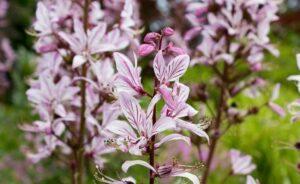
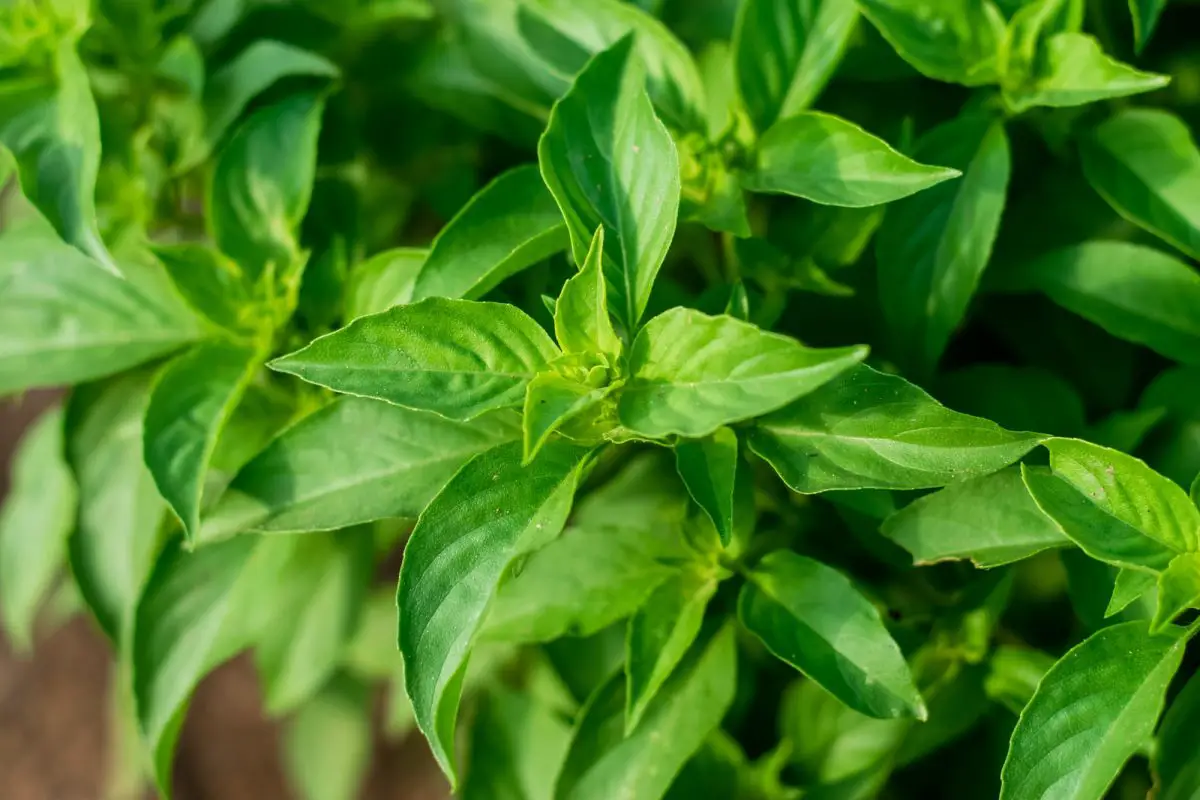
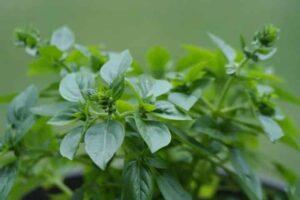
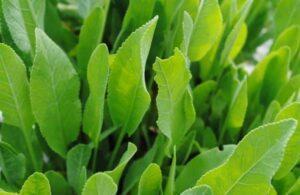
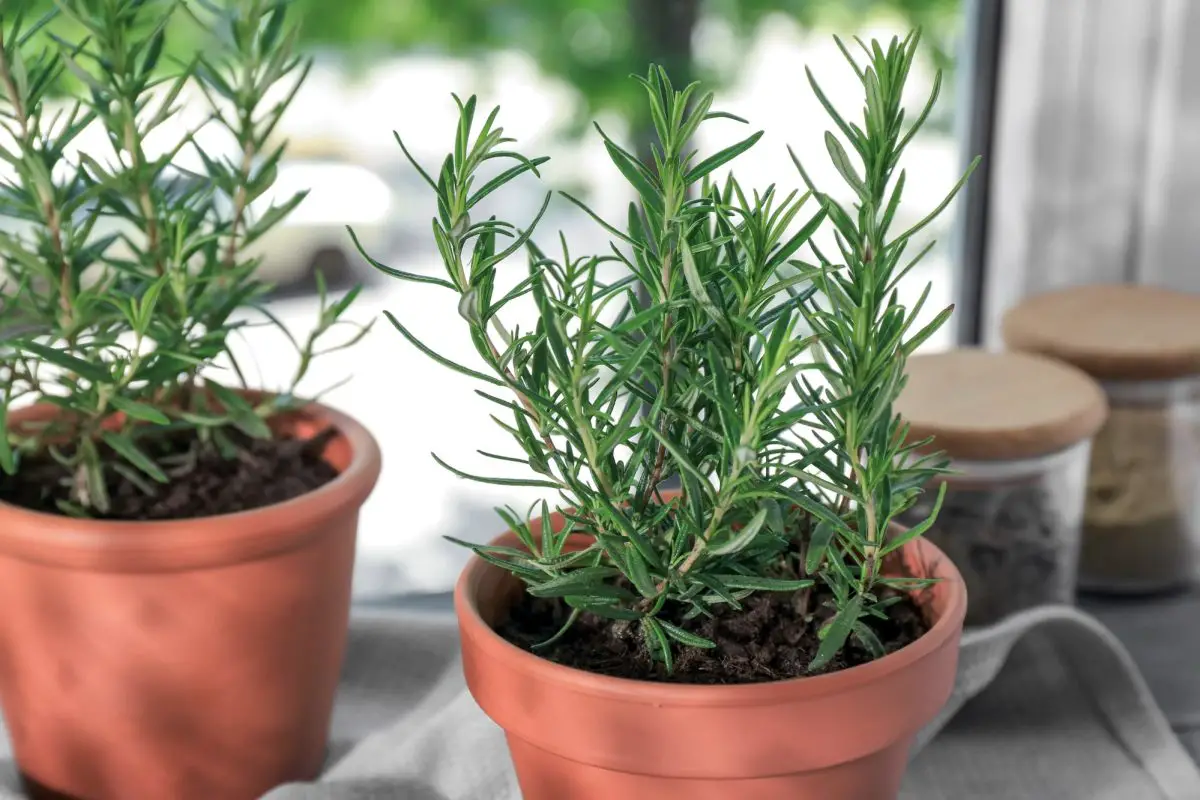
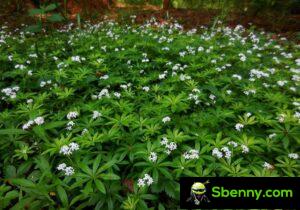
Start a new Thread